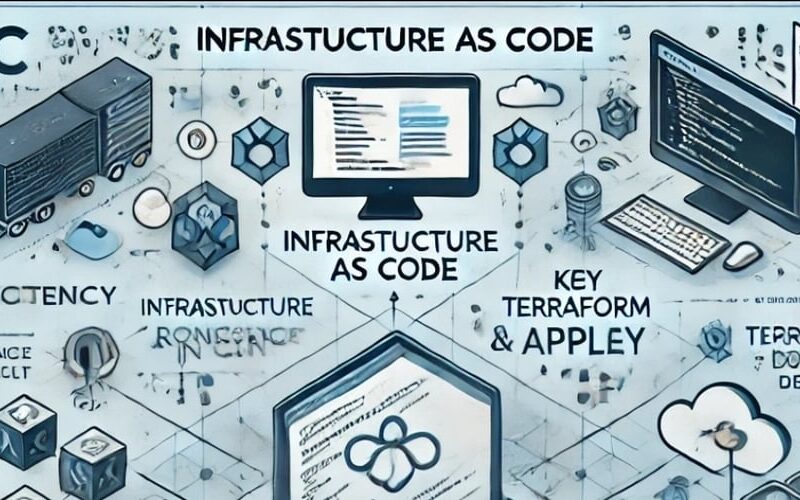Infrastructure as Code (IaC) revolutionizes how IT infrastructure is managed by using code-based configurations. This approach ensures:
Consistency: Eliminate manual errors by defining infrastructure in code.
Repeatability: Quickly replicate environments with standardized configurations.
Version Control: Track infrastructure changes just like application code.
Among IaC tools, Terraform, developed by HashiCorp, stands out for its simplicity, flexibility, and provider-agnostic approach. It facilitates creating, modifying, and versioning infrastructure seamlessly, making it a favorite among developers and DevOps engineers.
Key Terraform Commands: A Comprehensive Guide
1.Initialization and Setup
terraform init: Initializes a working directory containing Terraform configuration files.
terraform login: Saves credentials for Terraform Cloud.
terraform logout: Removes credentials for Terraform Cloud.
2.Planning and Execution
terraform plan: Generates an execution plan, outlining actions Terraform will take.
terraform apply: Applies the changes described in the Terraform configuration.
terraform apply –auto-approve: Automatically applies changes without requiring approval.
terraform apply -target=resource: Applies changes only to a specific resource.
terraform apply -var=”key=value”: Sets a variable’s value directly in the command line.
terraform apply -var-file=filename.tfvars: Specifies a file containing variable definitions.
terraform plan -out=filename: Saves the generated plan to a file.
3.Resource Management
terraform destroy: Destroys all resources described in the configuration.
terraform destroy -target=resource: Destroys a specific resource.
terraform taint: Manually marks a resource for recreation.
terraform untaint: Removes the ‘tainted’ state from a resource.
terraform import: Imports existing infrastructure into Terraform state.
4.Validation and Output
terraform validate: Checks the syntax and validity of Terraform configuration files.
terraform output: Displays or retrieves output values from the state.
terraform show: Displays a human-readable output of the current state or a specific resource.
5.State Management
terraform state list: Lists resources within the Terraform state.
terraform state mv: Moves an item in the state.
terraform state rm: Removes items from the state.
terraform state pull: Pulls the state from a remote backend.
terraform state push: Pushes the state to a remote backend.
terraform refresh: Updates the state file against real resources in the provider.
6.Formatting and Visualization
terraform fmt: Rewrites configuration files to a canonical format.
terraform graph: Generates a visual representation of the Terraform dependency graph.
7.Workspace Management
terraform workspace list: Lists available workspaces.
terraform workspace select: Switches to another existing workspace.
terraform workspace new: Creates a new workspace.
terraform workspace delete: Deletes an existing workspace.
8.Troubleshooting and Lock Management
terraform force-unlock: Releases a locked state.
Terraform empowers you to take control of your cloud infrastructure with precision and efficiency. With this cheat sheet of essential commands, you’re equipped to tackle real-world infrastructure challenges confidently.
Source link
lol

